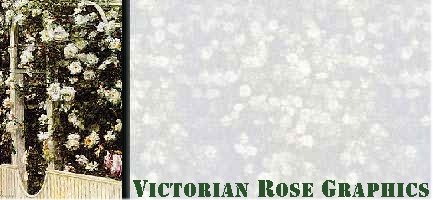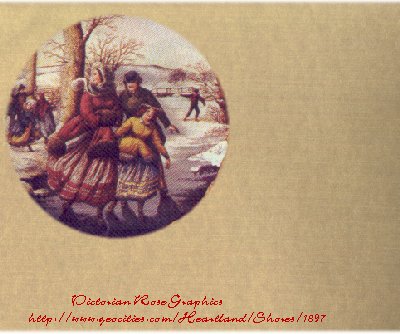 |
 |
Basics for Calling Cards What exactly
is a calling card? These were cards left after a person's visit to another's
house. They were left after the end of the call or, if no call took
place,
These calls that usually preceeded the card were called "morning calls". These calls were rarely in the morning but usually in the afternoon or early evening. These calls lasted no more than fifteen minutes and one should not outstay one's welcome. A lady could not even remove her hat or gloves for so short a visit. When the
lady leaves, she then leaves on of her cards or two of her husband's, if
she is married. Not only would the card communicate a visit and who had
made it, the way it was given also
When you
came to visit, you also inquired if the lady was "at home". This allowed
the lady to peer from her second-story room window, see who it was and
then decide if she wanted to
A call should
be returned within ten days, to keep the relationship amiable. One should
not fancy that their society is unwanted because the call is not promptly
returned. When the person does return the call, it is duty to welcome him
or her
The most important call was the "first call", made always by the social superior, for it was rude for newcomers to call. They must wait to be recognized. After a large event, such as a wedding, ball or luncheon, one should pay a call if they were invitied, whether they accepted or not. There are a few rules on what to do and not to do on a call: 1.Do
not stare around the room.
|
Please leave
your calling card here
[Sign
my GuestBook] - [ Read
my GuestBook ]
[ GuestBook
by TheGuestBook.com
]

Samples:
Victorian
Rose
Calling
Cards
are
free to use
 |
 |
 |
 |
 |
More to come
 |